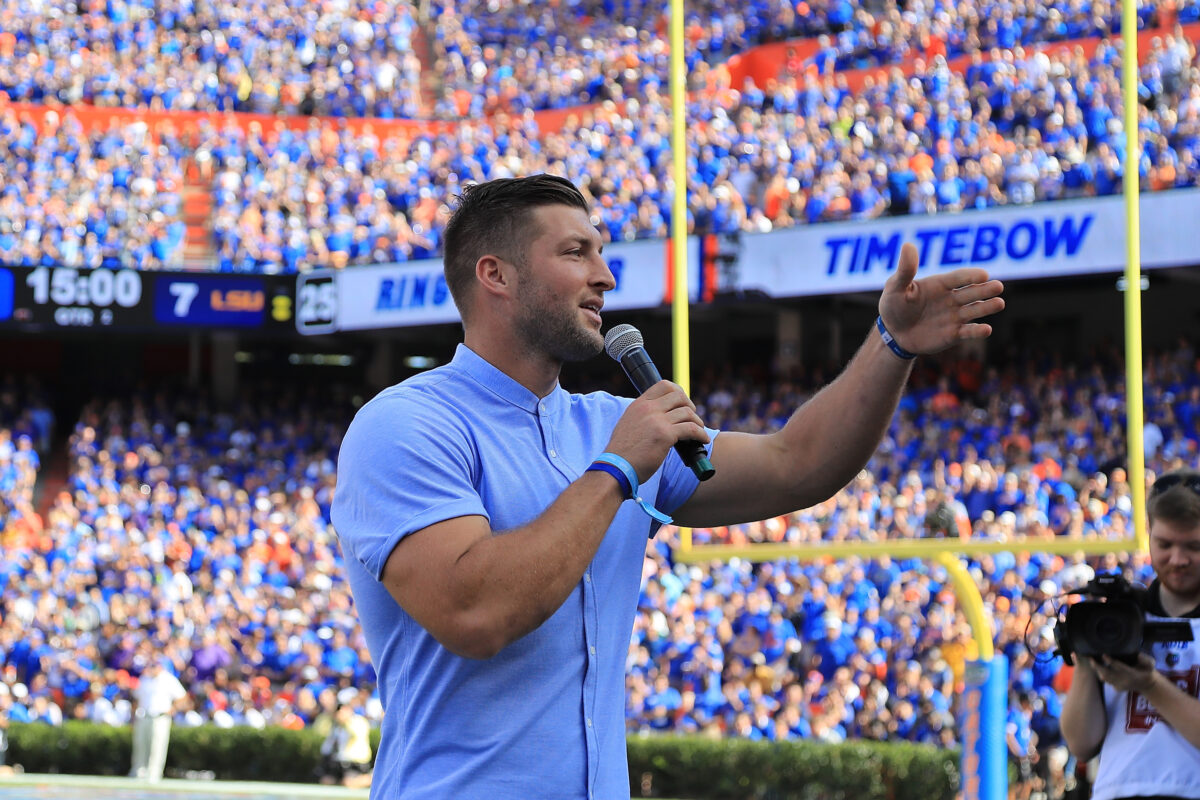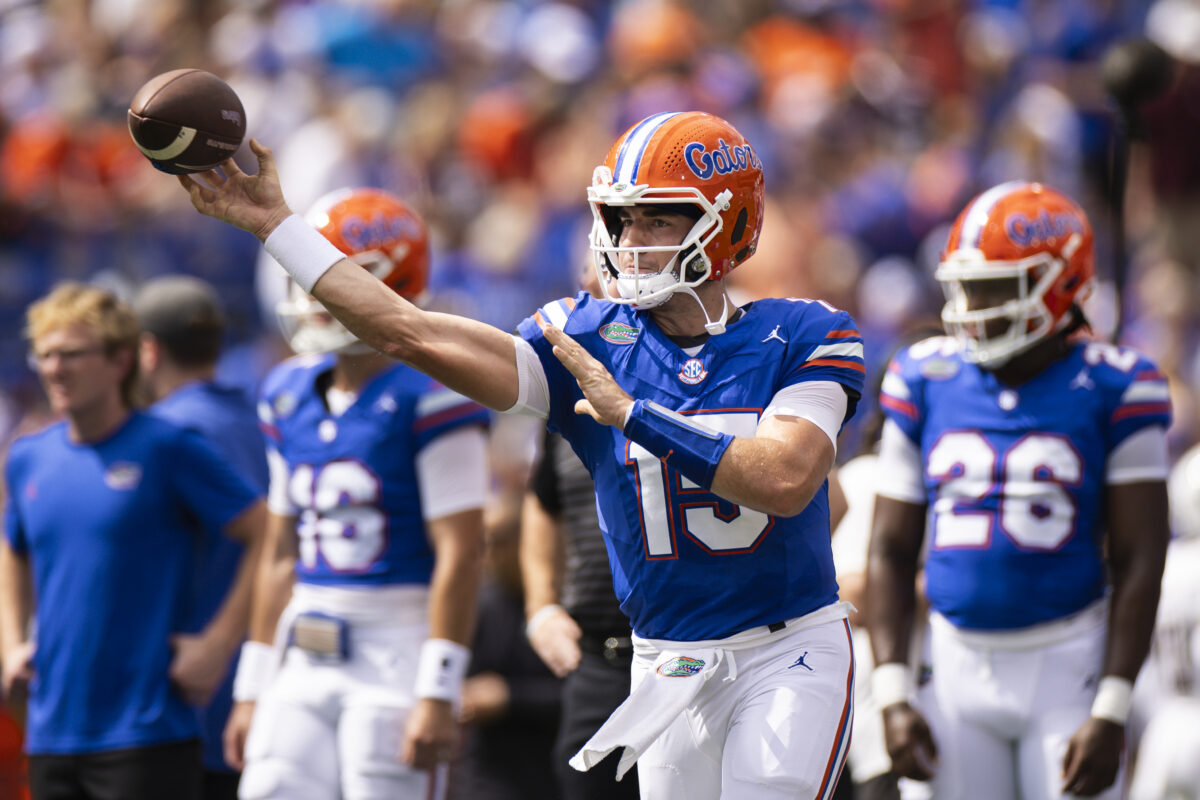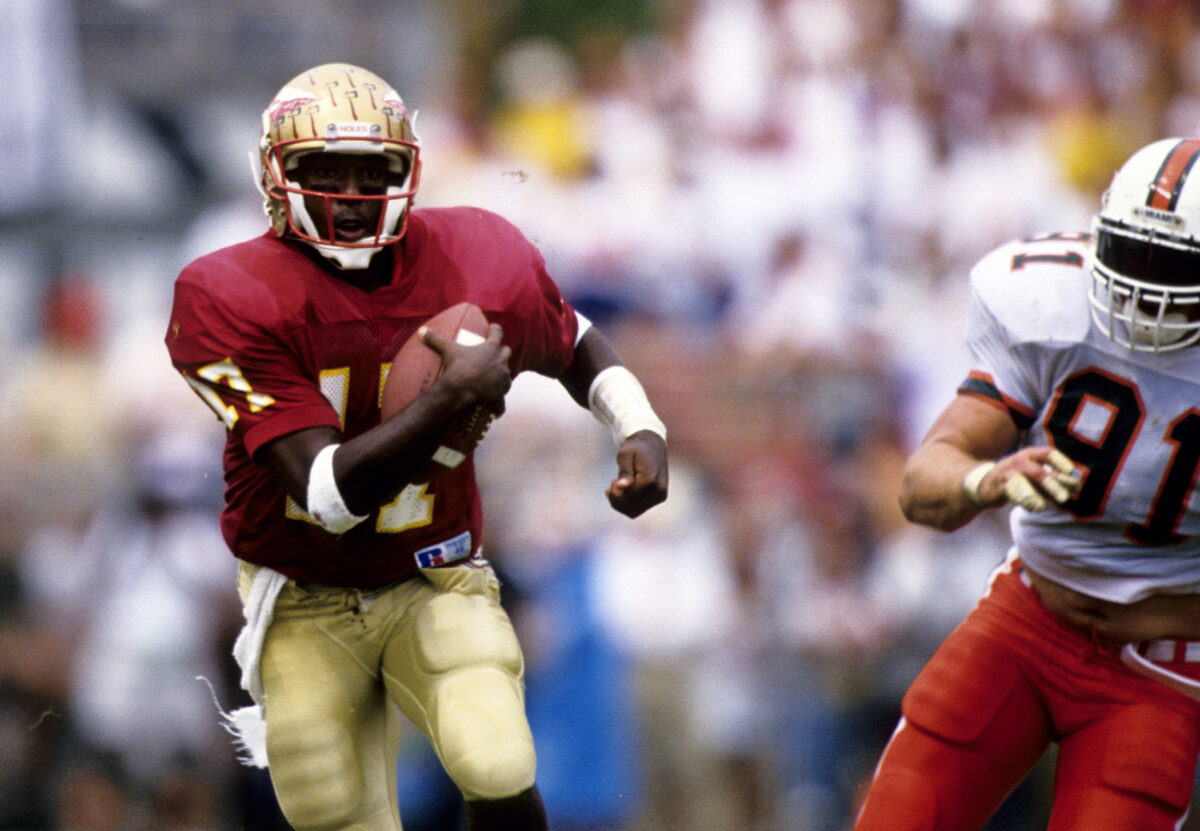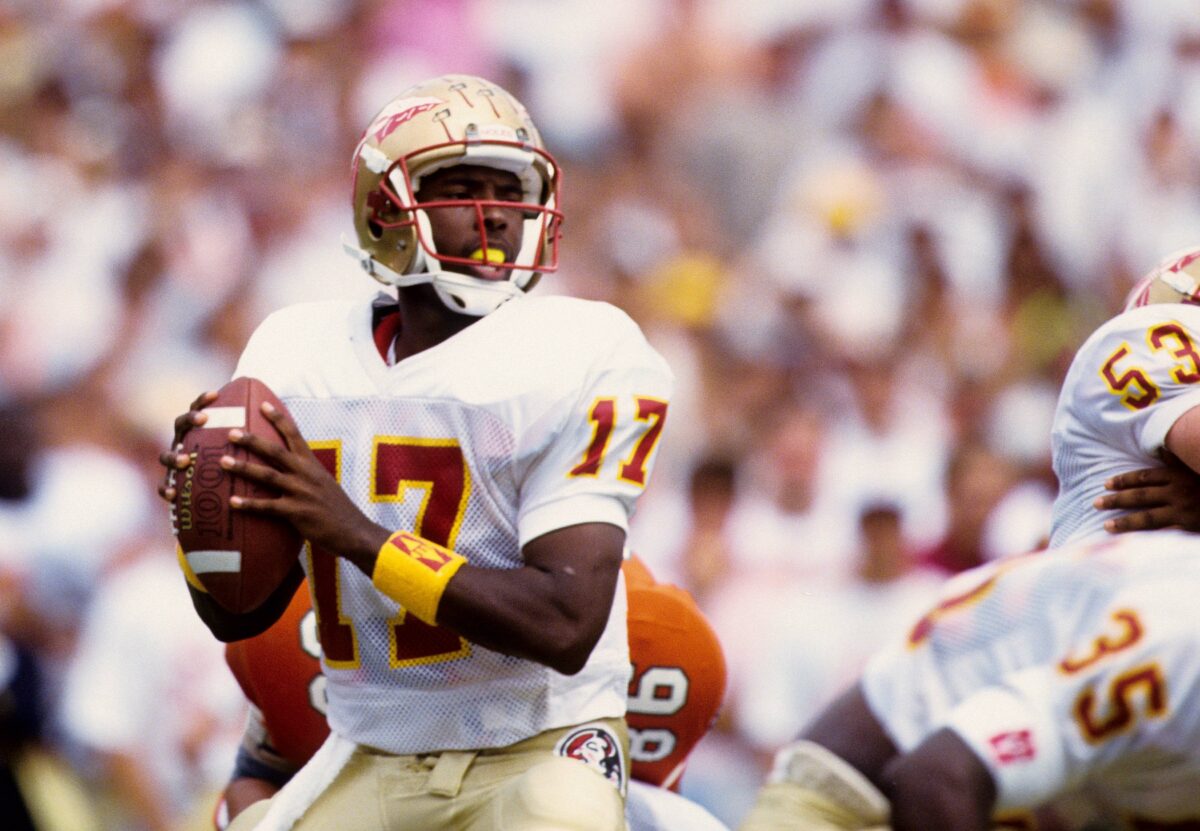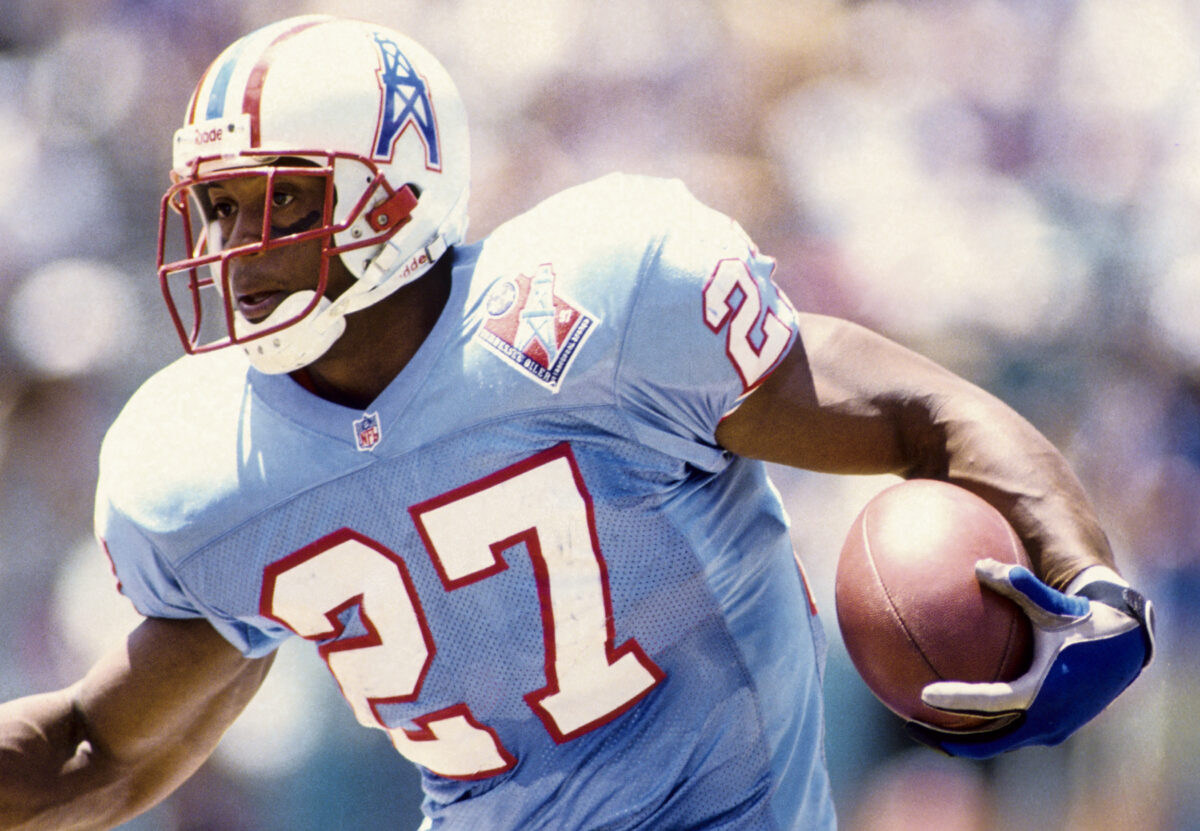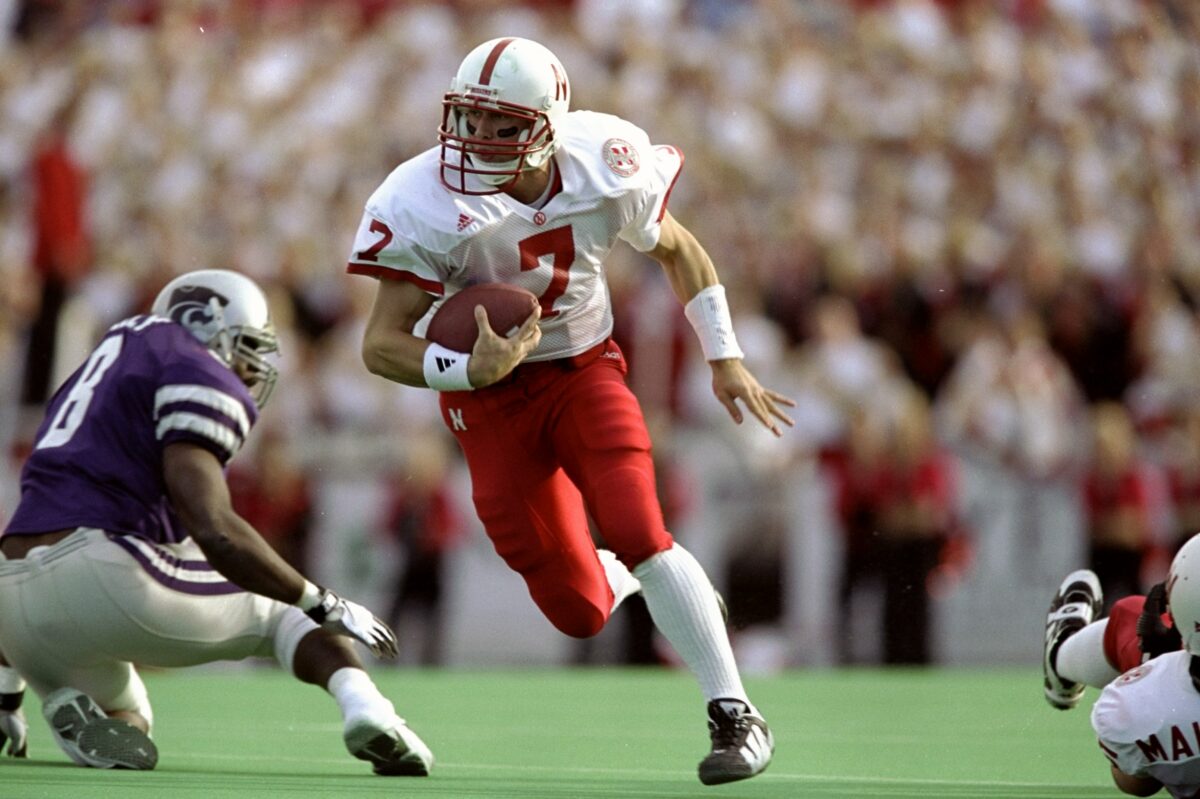We’re back with an all-new episode of the Chiefs Wire podcast! This week, we preview the Kansas City Chiefs’ Divisional Round matchup with the Houston Texans.
Senior Writer Ed Easton Jr. spoke to College Football Hall of Famer and former Denver Broncos quarterback Tim Tebow. The former NFL Draft first-round pick shared his thoughts on the Kansas City Chiefs’ three-peat chances heading into the postseason.
We check in with this past week’s press conferences, which featured comments from head coach Andy Reid on the team’s preparation during their bye week. Lastly, Easton Jr. spoke to retired NFL quarterback and Heisman Award winner Danny Wuerffel as he advised today’s college football stars heading into bowl season and potential careers in the NFL.
The latest episode of the Chiefs Wire Podcast will inform listeners about all developments in the team’s mindset ahead of their Divisional Round matchup against the Texans. We also learn more from Tebow’s time in the NFL as he recalls his 2011 AFC Wild Card victory over the Pittsburgh Steelers. At the same time, Wuerffel discusses his special Heisman event in New York City. The Wuerffel Foundation’s The Pickle Bowl: Heisman Edition at Life Time Pickleball NYC gathered past winners for a good cause.
Check out the link below to get your fill of Chiefs talk ahead of the Divisional Round kickoff:

